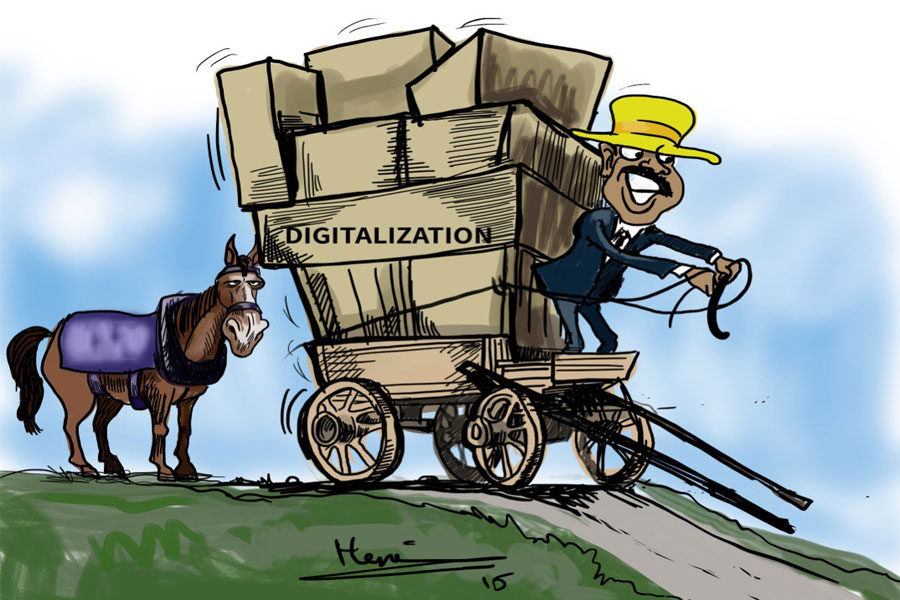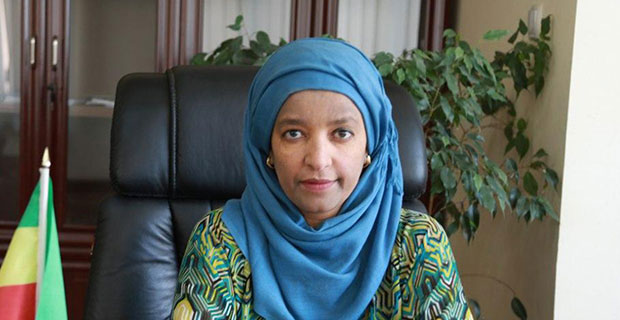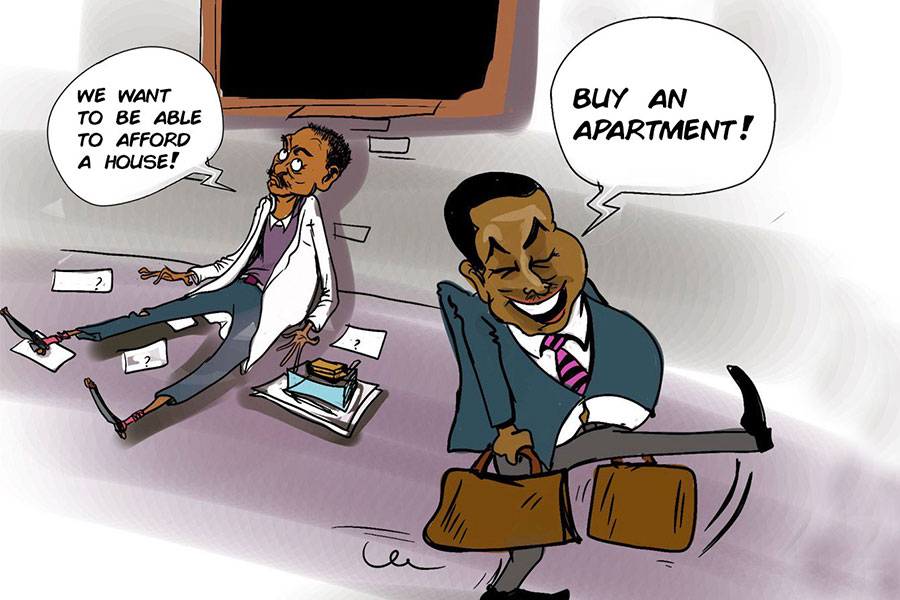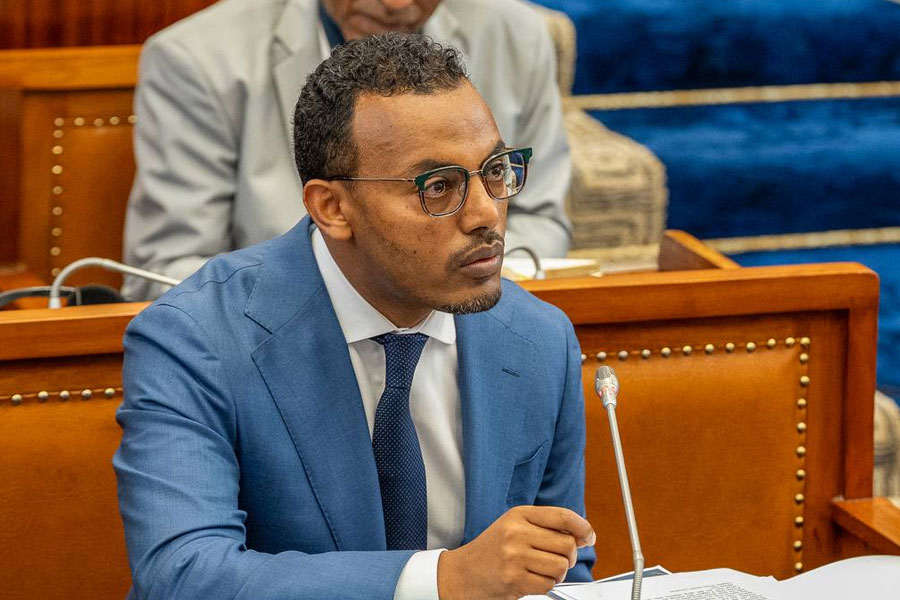
Nov 16 , 2019
By Million Fikru
Mass media have a unique character in that they play a paramount role in telling truth to the public, as well as analysing the impact of events that affect diverse sections of the population. This is especially important in helping vulnerable communities deal with situations. Media need to be equitable and responsive to the special needs of different groups.
In emergency situations, newsrooms should be alert on reporting about vulnerable groups such as children, women and people with disabilities. When presenting their news on these groups, media institutions should come up with the necessary and accurate sub-aggregated data supported by facts.
Similarly, the audience and readers of any media come with diversified interests, and they may further analyse the issue in the news based on their own perspective and may consume for their own purposes. Therefore, supporting news reporting with sub-aggregated data makes the reporting more objective instead of leaving it open for misrepresentation. It provides immediate information for the necessary intervention and programming designed by the government as well as by donors.
It is also important to look at the reasons why the majority of news in Ethiopian media institutions does not include age and sex aggregated data. Studies demonstrate that political and economic issues make up the largest coverage in the news. These are partly due to lack of understanding, knowledge and skill in organising sub-aggregated data by reporters, editors, producers and journalists.
It is very difficult and time consuming for journalists to get sub-aggregated data while reporting on an emergency from the concerned bodies such as the police and health institutions. A finding by a study from Initiative Africa on media institutions in Addis Abeba and Dire Dawa depicted three major factors that hinder media institutions to present news with disaggregated data especially with regard to sex-disaggregated data.
The study found that the majority of media houses do not have documents that instruct the recruitment, promotion, empowerment and distribution of opportunities for women in their organisational structure. It also found that weak implementation of affirmative action has its own contribution to the small number of female journalists in newsrooms, which indirectly contributes to news coverage with lack of gender sub-aggregated data.
The study finding highlighted that there is a lack of knowledge and understanding about gender in general and on whom to integrate gender issues in the media in particular. This is especially true in emerging and financially constrained media houses, where the journalists are fresh graduates with a few years of experience.
Today we are living in an era when information is more important than any other thing. And reliable data can explain situations in simplified ways. Particularly, in an emergency when natural disaster and conflict happens anywhere, media professionals, not only reporters but also editors and photographers as well as videographers and fact-checkers, should pay due attention to report the conditions of the most vulnerable groups of the society supporting it with data and numbers.
Other entities such as local authorities and institutions should understand the role good data plays in helping the vulnerable population. They should provide reliable sub-aggregated data for the media as well as for other concerned bodies to benefit those vulnerable groups in need. More importantly, the available reliable data should be technologically supported and easily accessible for everyone who needs to use it for the benefit of society. More importantly, the community should be aware of the value of sub-aggregated data and should be willing to provide data to information seekers.
PUBLISHED ON
Nov 16,2019 [ VOL
20 , NO
1020]


Fortune News | Dec 29,2018

Radar | Mar 13,2021

Fortune News | Nov 12,2022

News Analysis | Aug 25,2024

Radar | Jul 13,2024

Editorial | Jun 10,2023

Fortune News | Sep 10,2023

Radar | Apr 04,2020

Radar | Jul 27,2019

Fortune News | Jun 05,2021

My Opinion | 131451 Views | Aug 14,2021

My Opinion | 127803 Views | Aug 21,2021

My Opinion | 125783 Views | Sep 10,2021

My Opinion | 123419 Views | Aug 07,2021

Dec 22 , 2024 . By TIZITA SHEWAFERAW
Charged with transforming colossal state-owned enterprises into modern and competitiv...

Aug 18 , 2024 . By AKSAH ITALO
Although predictable Yonas Zerihun's job in the ride-hailing service is not immune to...

Jul 28 , 2024 . By TIZITA SHEWAFERAW
Unhabitual, perhaps too many, Samuel Gebreyohannes, 38, used to occasionally enjoy a couple of beers at breakfast. However, he recently swit...

Jul 13 , 2024 . By AKSAH ITALO
Investors who rely on tractors, trucks, and field vehicles for commuting, transporting commodities, and f...

Jun 28 , 2025
Meseret Damtie, the assertive auditor general, has never been shy about naming names...

Jun 21 , 2025
A well-worn adage says, “Budget is not destiny, but it is direction.” Examining t...

Jun 14 , 2025
Yet again, the Horn of Africa is bracing for trouble. A region already frayed by wars...

Jun 7 , 2025
Few promises shine brighter in Addis Abeba than the pledge of a roof for every family...

Jun 29 , 2025
Addis Abeba's first rains have coincided with a sweeping rise in private school tuition, prompting the city's education...

Jun 29 , 2025 . By BEZAWIT HULUAGER
Central Bank Governor Mamo Mihretu claimed a bold reconfiguration of monetary policy...

Jun 29 , 2025 . By BEZAWIT HULUAGER
The federal government is betting on a sweeping overhaul of the driver licensing regi...

Jun 29 , 2025 . By NAHOM AYELE
Gadaa Bank has listed 1.2 million shares on the Ethiopian Securities Exchange (ESX),...